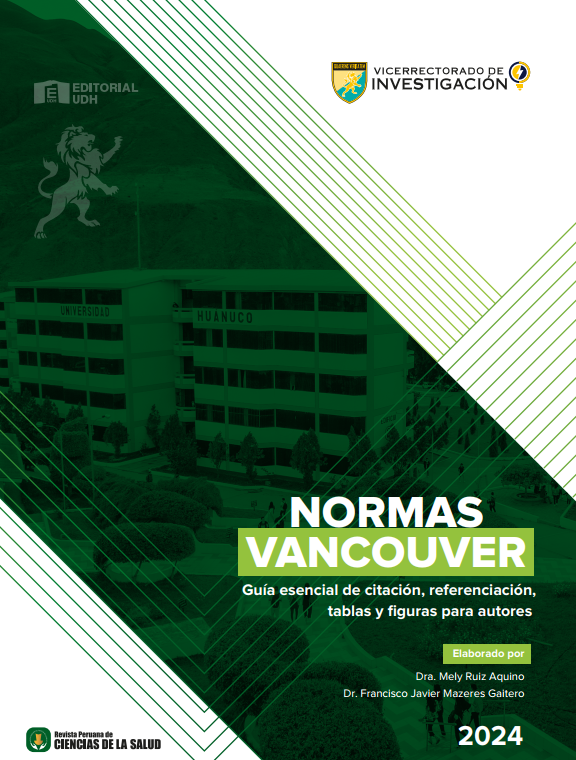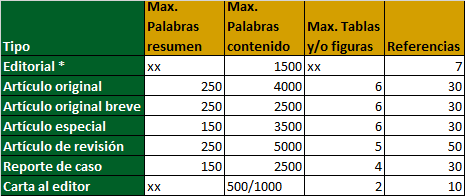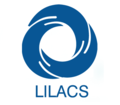Epidemiological study of tuberculosis in the province of Leoncio Prado
DOI:
https://doi.org/10.37711/rpcs.2020.2.1.85Keywords:
humans, HIV Infections, Incidence, Risk Factors, Retrospective Studies, Alcoholism, Universities, Tuberculosisx, Tuberculosis, HIV Seropositivity, Prisons, Comorbidity, Health Personnel, Asthma, NeoplasmsAbstract
Objective. To describe the epidemiological and clinical characteristics of patients with tuberculosis (TB) in the province of Leoncio Prado, 2017. Methods. Research is quantitative, descriptive, retrospective and transversal. Population comprised of 145 cases diagnosed with TB, determined by the tuberculosis surveillance system, 2017. Results. Estimated incidence was 10.6 cases per 10,000 inhabitants. 79.3% (115/145) had bacteriological confirmation. In the age range (15 to 59), 2.1 % (3/145) were HIV positive. The frequent location was pulmonary 87.6 % (127/145) and extra pulmonary 1.4 % (18/145). Contact with tuberculosis patient 40.7 % (59/145), contact with deceased 3.4 % (5/145), comorbidity is associated in 7.6 % (11/145) such as diabetes, pregnancy, cancer, asthma and corticosteroids therapy. Population at risk 13.8 % (20/145) in schools/institutes/universities, healthcare workers and inmates of penitentiary and police centers. The associated social factors are alcoholism 10.3 % (15/145) and drug addiction with 6.9 % (10/145. 65.5 % (95/145) were cured who correctly complied with the treatment; 6.2% died (9/145). Conclusion. Users with the highest risk of TB are individuals with HIV infection, alcoholism, drug addiction, comorbidity, located mainly in schools, institutes, universities and healthcare centers. For an adequate control, an early diagnosis and differentiated interventions according to risk groups are necessary.
Downloads
Downloads
Published
How to Cite
Issue
Section
License
Copyright (c) 2020 Revista Peruana de Ciencias de la Salud

This work is licensed under a Creative Commons Attribution 4.0 International License.





























